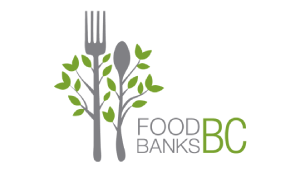Food banks across BC are seeing staggering numbers of new clients seeking assistance. You can help food banks keep up with this increased demand. The Virtual Food Drive allows individuals and groups of all kinds to raise money through an online food drive. It’s a very efficient way to maximize your fundraising efforts. The funds raised in a Virtual Food Drive will be used to purchase healthy and nutritious foods for food bank clients.
This virtual food drive helps us reduce our $90,000 annual food costs. Funds from this initiative will be used to purchase milk, eggs, fresh fruit, and vegetables for our weekly hampers. CVFB expenses on these items alone are an estimated $1030 per month.
Your contribution helps us offer wholesome food options for those we serve. Thank you for your incredible support.
It’s also easy and fun! Raise funds with your co-workers at the office, your club, team, as a family project or with a group of friends as passionate as you are about ensuring our neighbours have enough food for their families.
Maybe you’re having a birthday or wedding and would like your guests to donate in lieu of gifts. You can use a Virtual Food Drive to encourage donations to the food bank in your community.
How do I get started?
- 1
Follow the Virtual Food Drive Registration link
- 2
Register yourself or your organization
- 3
Customize your donation page.
- 4
Share share share!
